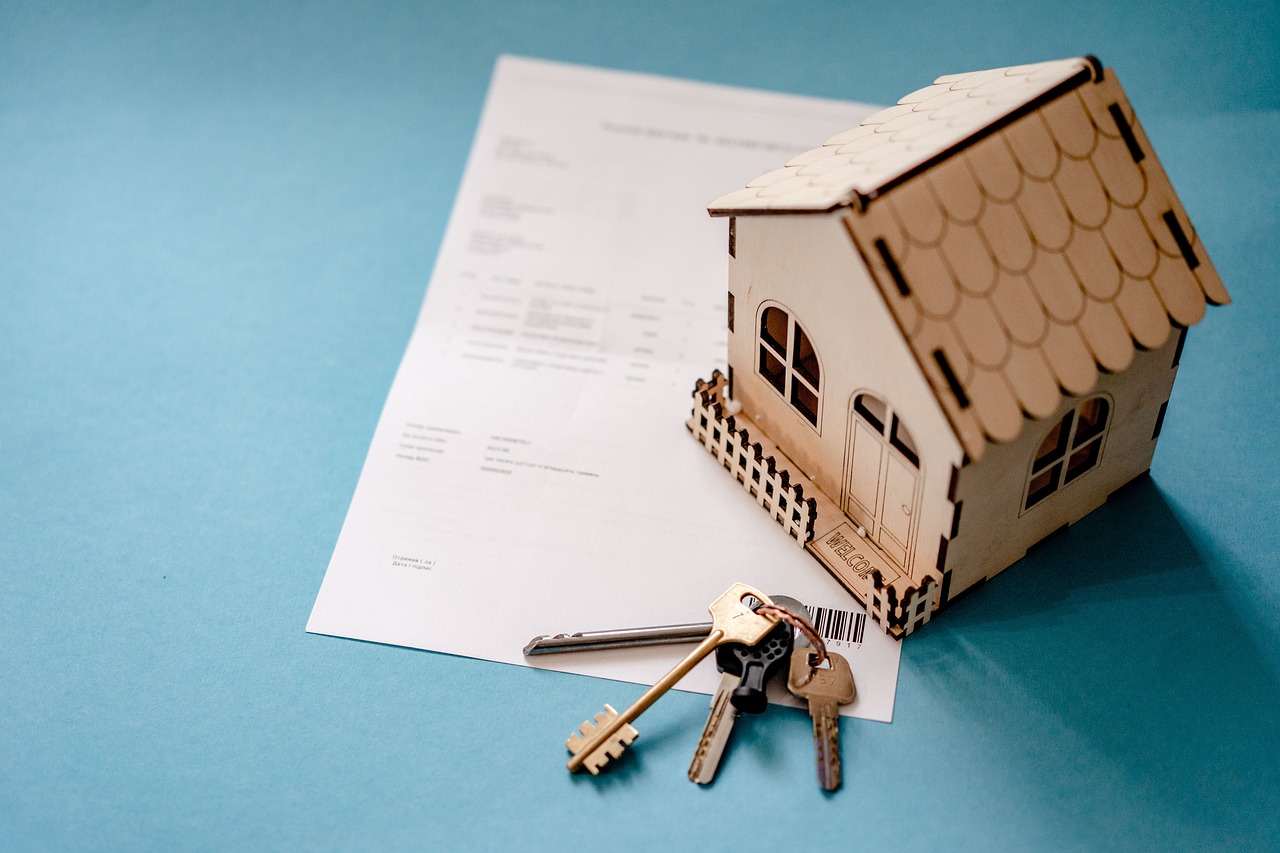USDA loans are one of the most overlooked home financing options in the U.S., yet they can be a powerful tool for homebuyers. Backed by the U.S. Department of Agriculture, this loan program supports homeownership in rural and some suburban communities through 100% financing, competitive rates, and flexible eligibility.
Despite these advantages, many people avoid USDA loans due to common misconceptions. These myths can discourage qualified borrowers from applying or even exploring the USDA loan program in the first place. Here’s the truth behind the most persistent myths about USDA loans and what every potential borrower should know.
Myth 1 – USDA Loans Are Only for Farmers
One of the most common misconceptions is that USDA loans are designed exclusively for farmers or agricultural workers. While the program is backed by the agriculture department, its primary purpose is to promote homeownership in rural areas—not to finance farms.
USDA loan basics are simple: the loan is for buying, building, or refinancing a primary residence. Borrowers do not need to work in agriculture, own livestock, or purchase large tracts of farmland. Instead, eligibility is based on the property’s location and the borrower’s income level.
Qualified properties can include single-family homes, new construction, manufactured homes, and certain condos or townhomes. As long as the home will serve as the buyer’s primary residence and falls within an eligible area, the USDA loan program is open to a wide range of buyers, not just farmers.
Myth 2 – Only Rural Properties Qualify
The USDA defines a “rural area” much more broadly than most people expect. Under USDA guidelines, eligible areas are generally communities with populations under 35,000. That means many suburban neighborhoods fall within an eligible area.
In fact, USDA financing is available to home buyers in parts of the country that look and feel suburban, including locations near major cities. The USDA’s eligibility map helps identify qualifying areas, and a surprising percentage of the U.S. meets the rural area definition.
For example, in states like Florida, large portions of the state are considered eligible, even though they aren’t isolated farmlands. Buyers searching for property in smaller towns, outer suburbs, or even certain commuter areas may qualify without realizing it. This broader eligibility makes USDA loans a valuable financing option for far more people than the name suggests.
Myth 3 – USDA Loans Have High Interest Rates
Some borrowers believe that because USDA loans offer financing, the trade-off must be higher interest rates. The reality is quite the opposite.
Because USDA loans are guaranteed by the federal government, lenders can often offer competitive, and sometimes lower, interest rates than conventional loan programs. This advantage can translate into thousands of dollars in savings over the life of the loan.
A lower rate means smaller monthly payments, which benefits borrowers who want to manage housing costs without sacrificing the value of their property or overall homeownership goals. Combined with the absence of a down payment requirement, USDA financing can make home purchase affordability more accessible, especially for first-time homebuyers.
Myth 4 – You Need Perfect Credit to Get a USDA Loan
Another common myth is that USDA loans require a perfect credit score. While having strong credit can improve loan terms, USDA loan guidelines are more flexible than many conventional loan programs.
Most USDA-approved lenders look for a minimum credit score of 640 to qualify for automated underwriting through the Guaranteed Underwriting System (GUS). However, borrowers with lower scores may still be eligible through manual underwriting if they can show a stable income, a good payment history, and manageable debt.
Compared to the average credit score required for conventional financing USDA loans offer an advantage for borrowers with less-than-perfect credit. This flexibility opens the door for more buyers to achieve homeownership without the same strict credit barriers.
Myth 5 – USDA Loans Have Excessive Mortgage Insurance Costs
Like many government-backed loan programs, USDA loans require borrowers to pay a form of mortgage insurance. In this case, it’s called a guarantee fee, and it serves to protect lenders while keeping interest rates low.
The good news is that USDA guarantee fees are significantly lower than the private mortgage insurance (PMI) costs often required with conventional loans. Currently, borrowers pay a 1% upfront fee and a 0.35% annual fee based on the remaining loan balance.
For example, on a $200,000 home purchase, the annual fee would be about $58 per month, much less than typical PMI rates, which can range from $83 to $250 per month on the same loan amount. And because the upfront fee can be financed into the loan, buyers don’t have to pay it out of pocket at closing. This makes the USDA loan program more cost-effective than many assume.
Myth 6 – You Can’t Refinance a USDA Loan
Many borrowers assume that once they have a USDA home loan, they’re locked into the original terms for the entire repayment period. In reality, USDA financing includes options for refinancing through the USDA Streamlined-Assist program.
This refinance option allows eligible homeowners to lower their interest rate, reduce monthly payments, or change loan terms with minimal documentation and no appraisal in some cases. For borrowers who obtained a USDA loan during a higher-rate period, refinancing can free up funds for other financial goals without requiring additional out-of-pocket costs.
The ability to refinance means borrowers can continue to benefit from competitive rates and payment flexibility over time, something not all loan programs can offer without stricter requirements.
Final Thoughts
The USDA loan program is often misunderstood, leading to missed opportunities for qualified homebuyers. Myths about USDA loans, whether about eligibility, location restrictions, credit score requirements, or refinancing options, can prevent borrowers from exploring a financing path that offers real advantages.
By separating fact from fiction, buyers can see the value in USDA loans and determine if this government-backed program aligns with their homeownership goals. Whether purchasing a property in an eligible area, taking advantage of 100% financing, or benefiting from lower monthly costs, USDA loans remain one of the most accessible and affordable options in the housing market today.
For those with questions about USDA guidelines, income limits, or property eligibility, connecting with an experienced USDA-approved lender is the best next step toward homeownership.
Frequently Asked Questions
What are the drawbacks of a USDA loan?
USDA loans offer low or no-down payment options, but they do have some drawbacks. Eligibility is limited to properties in designated rural or suburban areas, which can restrict where you buy. Income limits also apply, meaning higher-earning households may not qualify. Additionally, USDA loans require mortgage insurance premiums, which add to monthly costs.
What is true about a USDA loan?
A USDA loan is a government-backed mortgage program that helps low- to moderate-income borrowers purchase homes in eligible rural and suburban areas. It offers no down payment, competitive interest rates, and lower mortgage insurance costs compared to FHA loans. These loans are meant to make homeownership more accessible outside major urban areas.
Are USDA farm loans worth it?
For farmers and ranchers, USDA farm loans can be highly beneficial. They offer low interest rates, long repayment terms, and flexible uses such as purchasing land, equipment, or livestock. However, like other USDA programs, they come with eligibility requirements and can involve a lengthy approval process. For those who qualify, they are often worth it.


